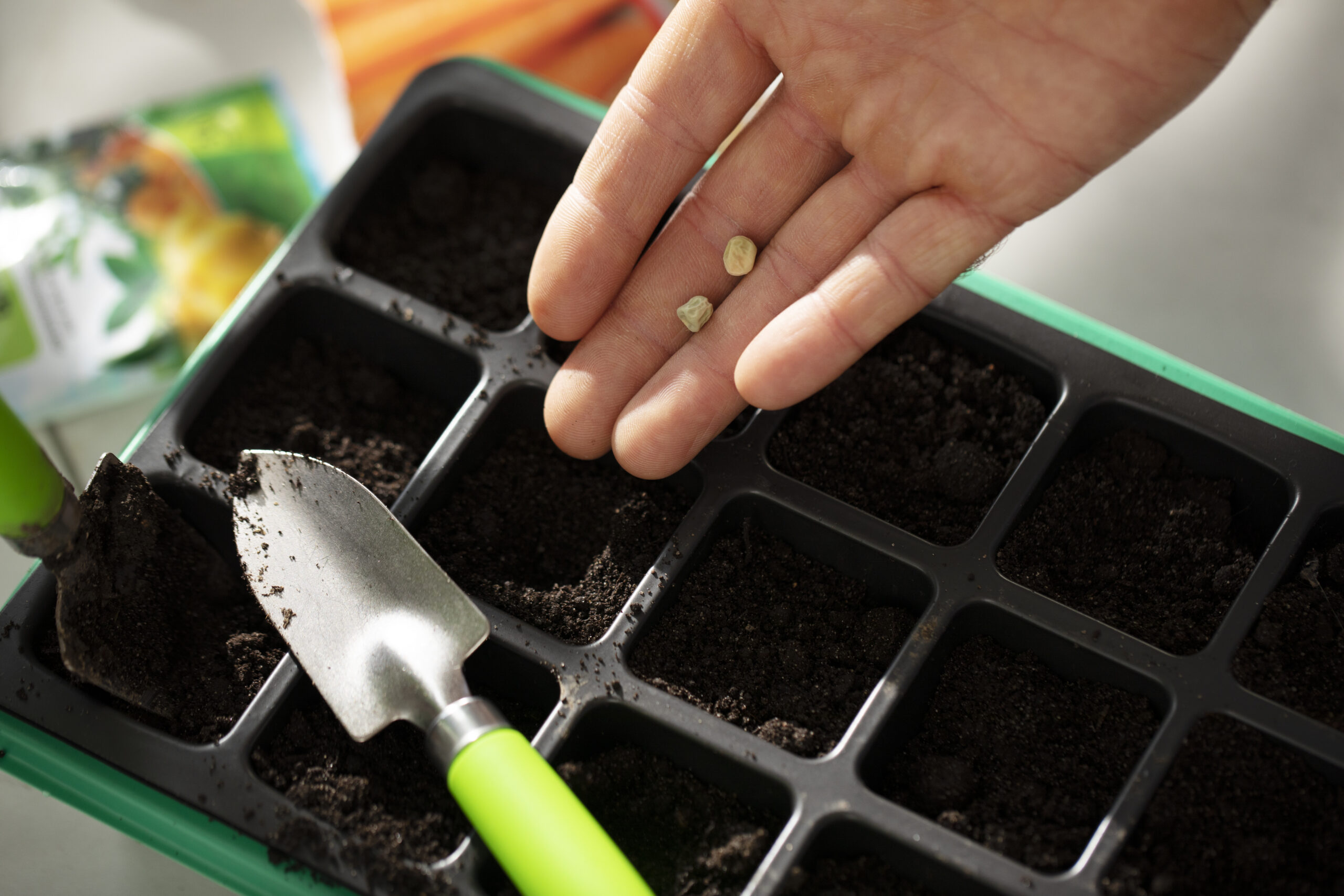
Growing transplants indoors is a rewarding way to get a gardening head start but selecting the right Seed Starting Containers makes a big difference in results. In this article, we’ll reveal 5 versatile options you’ll want to have on hand to nurture seeds into strong sprouts destined for the garden. Read on for container magic making indoor growing a breeze!
1. Seed Starting Trays
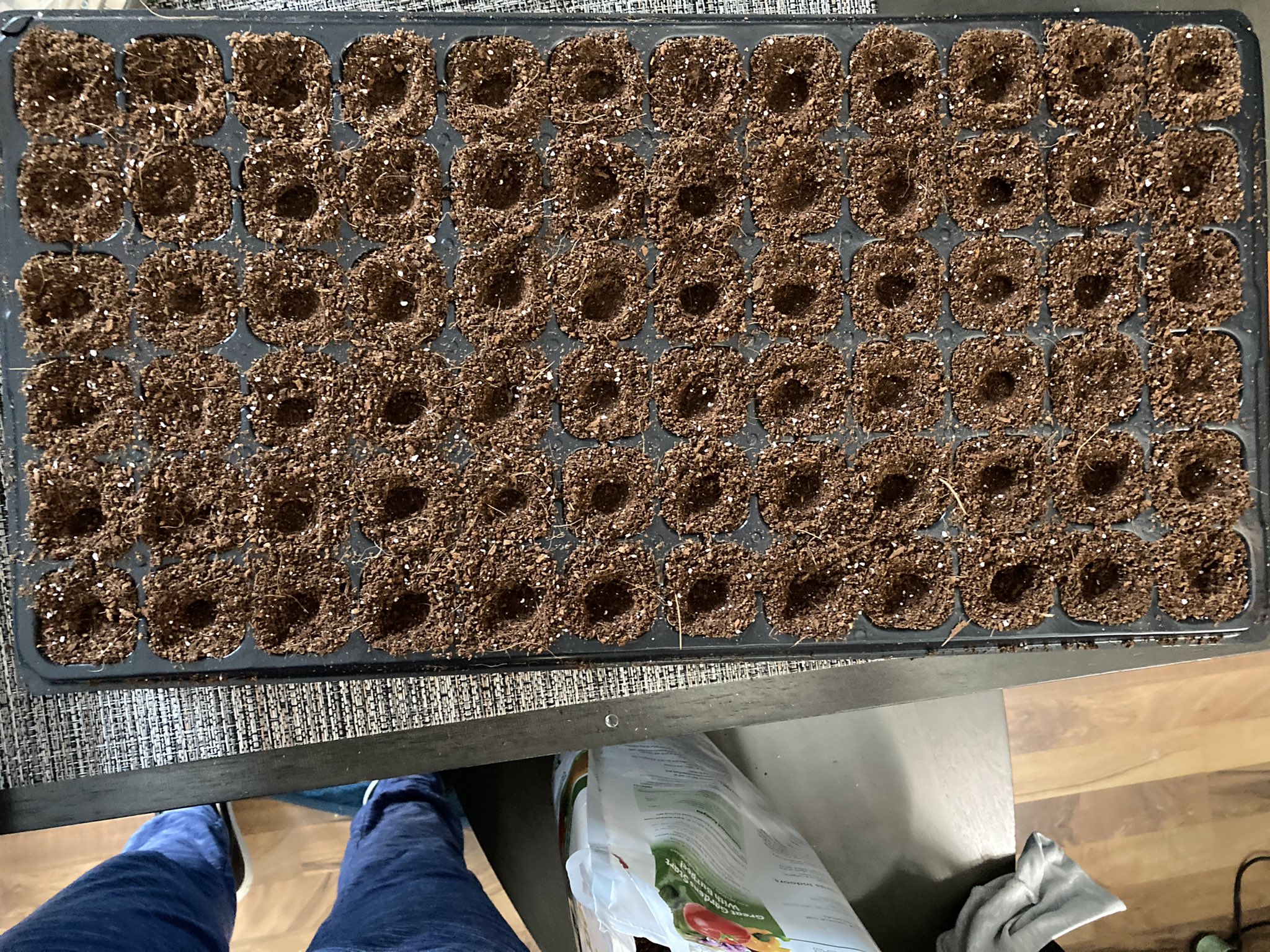
Divided trays allow packing dozens of seeds or seedlings neatly into a small footprint. Look for lightweight, durable plastic trays featuring rows and columns for labeled tidy spacing. Interconnected cells prevent soil mixing. Trays make mass indoor sowing and periodic inspections a simple success.
These space-saving wonders pack a punch, allowing you to sow a mini-forest in the corner of your kitchen. Forget bulky pots and tangled roots; these lightweight plastic trays come equipped with individual cells, lined up in tidy rows and columns. Just like a tiny apartment complex for your plant babies, each cell offers a safe haven for personalized growth.
But the magic goes beyond mere organization. Each compartment is interconnected yet independent, preventing soil mixing while ensuring every seedling gets its own VIP treatment. No more nutrient-stealing neighbors or sneaky disease transmission – these cells keep things fair and balanced.
And the benefits don’t stop there! Divided trays are the ultimate champions of mass indoor sowing. Think about it: no more backaches from lugging heavy pots, no more messy, chaotic seed scattering. Label each cell, sow with precision, and watch your miniature garden flourish with minimal effort.
But wait, there’s more! Regular inspections become a breeze, thanks to the clear view of each little resident. Spot any wilting leaves or funky fungi in a flash, and give your seedlings the TLC they deserve before things escalate.
2. Seedling Pots & Cells
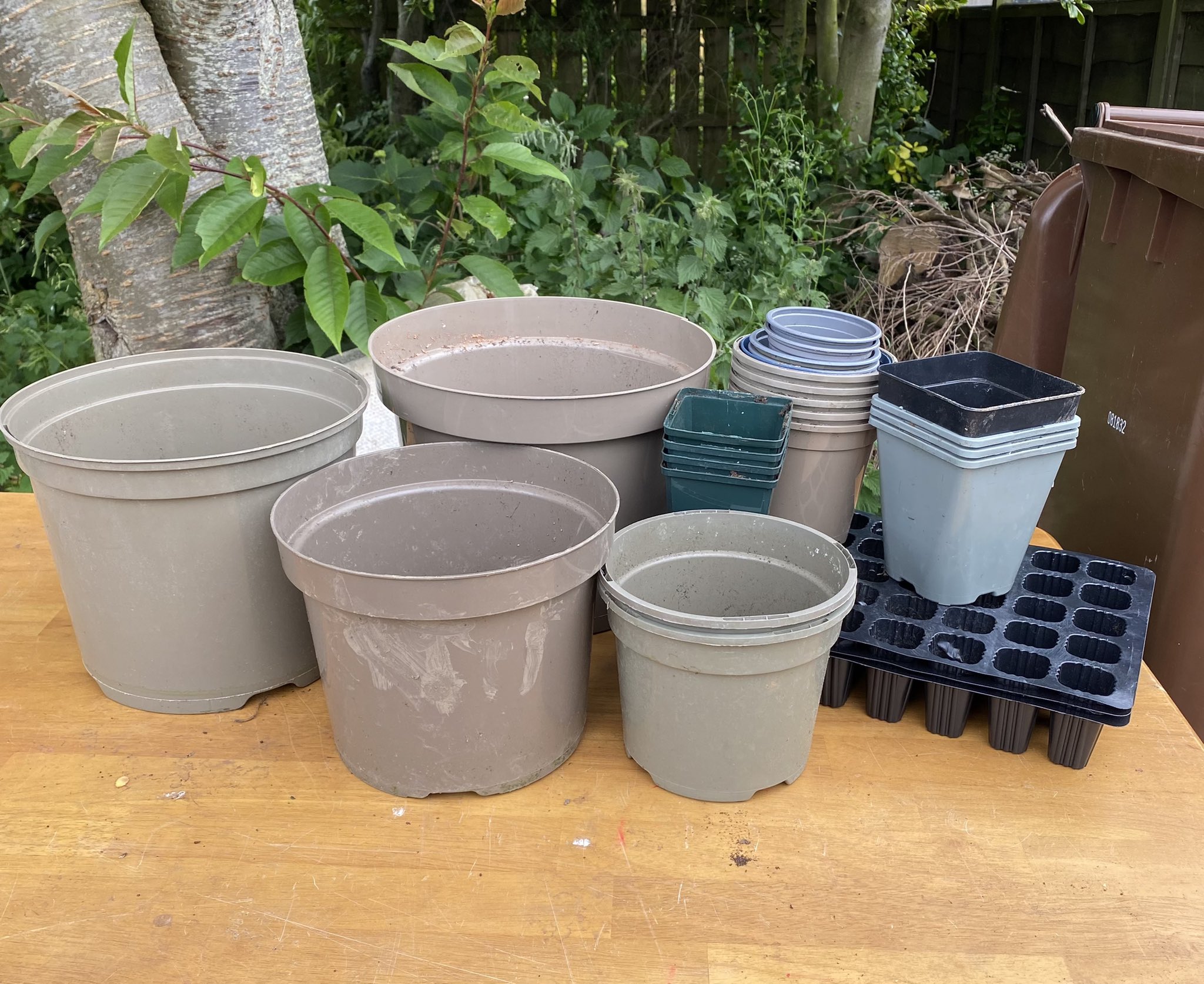
Pots and tiny biodegradable cells transplant individually for less disturbance to delicate roots. Cells easily pop out and stack for storage between sowing. Both containers offer sturdy support in initial stages. Choose square or rounded shapes and 50-72 depths to suit a variety of seed sizes.
Pots vs. Cells – A Quick Guide
Pots:
- Sturdy and spacious for bigger seeds.
- Transplanting can disturb roots.
- Classic option for traditional gardeners.
Cells:
- Individual compartments for tangle-free roots.
- Easy transplanting with minimal root disruption.
- Eco-friendly and stackable for storage.
Choosing Your Winner:
- Seed size: Big seeds = cells, small seeds = pots.
- Transplanting method: Gentle = cells, rough = pots.
- Sustainability: Eco-conscious = cells, traditional = pots.
3. Peat Pellets
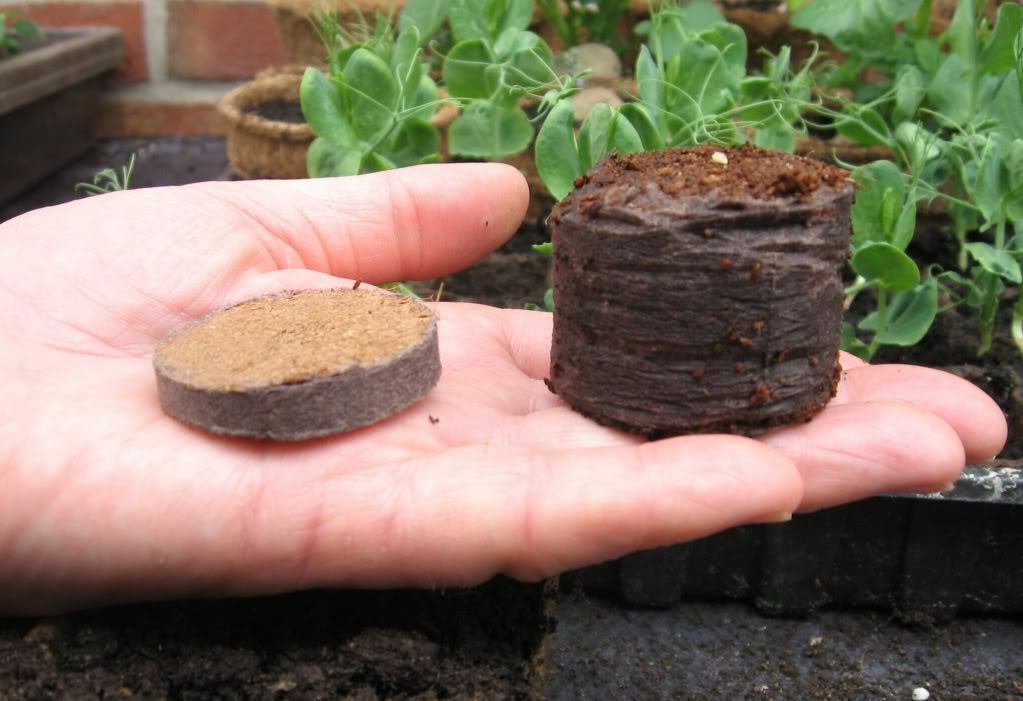
Composted peat moss pellets dissolve completely in soil, minimizing transplant shock stress. Just sow directly into the compressed pillow and plant like a champ come planting time. No disturbing needed to move efficiently from indoors to garden. They save mess, ease transportation, and help seedlings thrive. However, peat harvesting raises environmental concerns. Consider eco-friendly alternatives like coir pellets. Ultimately, convenience comes with a trade-off – choose what suits your priorities!
4. Module Trays
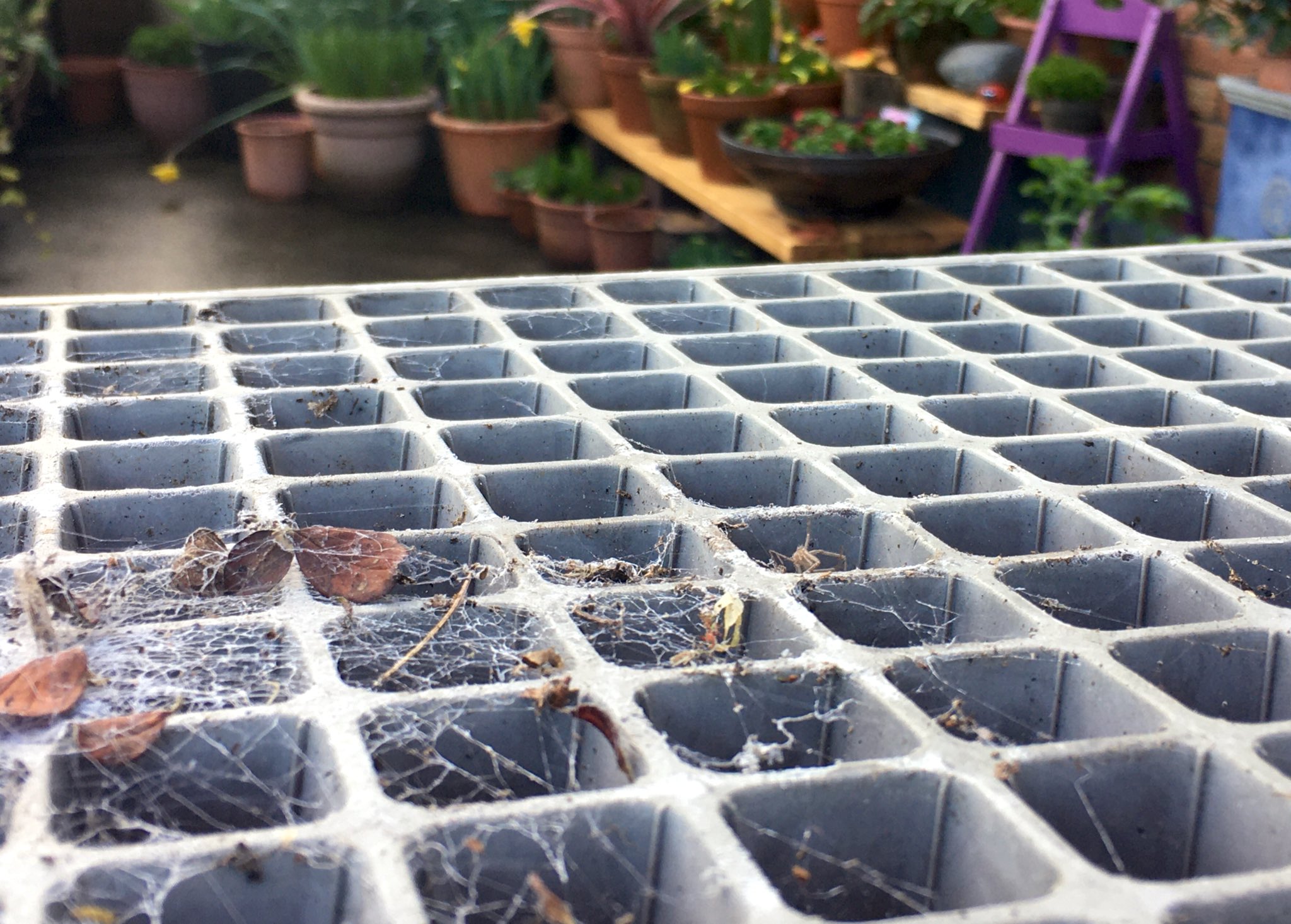
Module trays rock! They’re like tiny apartments for your seeds, keeping things neat and tidy while providing optimal growing conditions. No more messy soil or crowded seedlings. Each cell is a personal space for your little sprouts, making sowing, watering, and transplanting a breeze. And because they’re modular, you can stack them like Legos, maximizing space and resources.
Shallow multi-cell trays with removable inserts make sowing and watering a breeze, then individual cells transplant smoothly into garden beds. Modular design marries snugness and ease for prime early growth and minimal root disruption later. A favorite for large-scale starting.
5. Jiffy Pellets
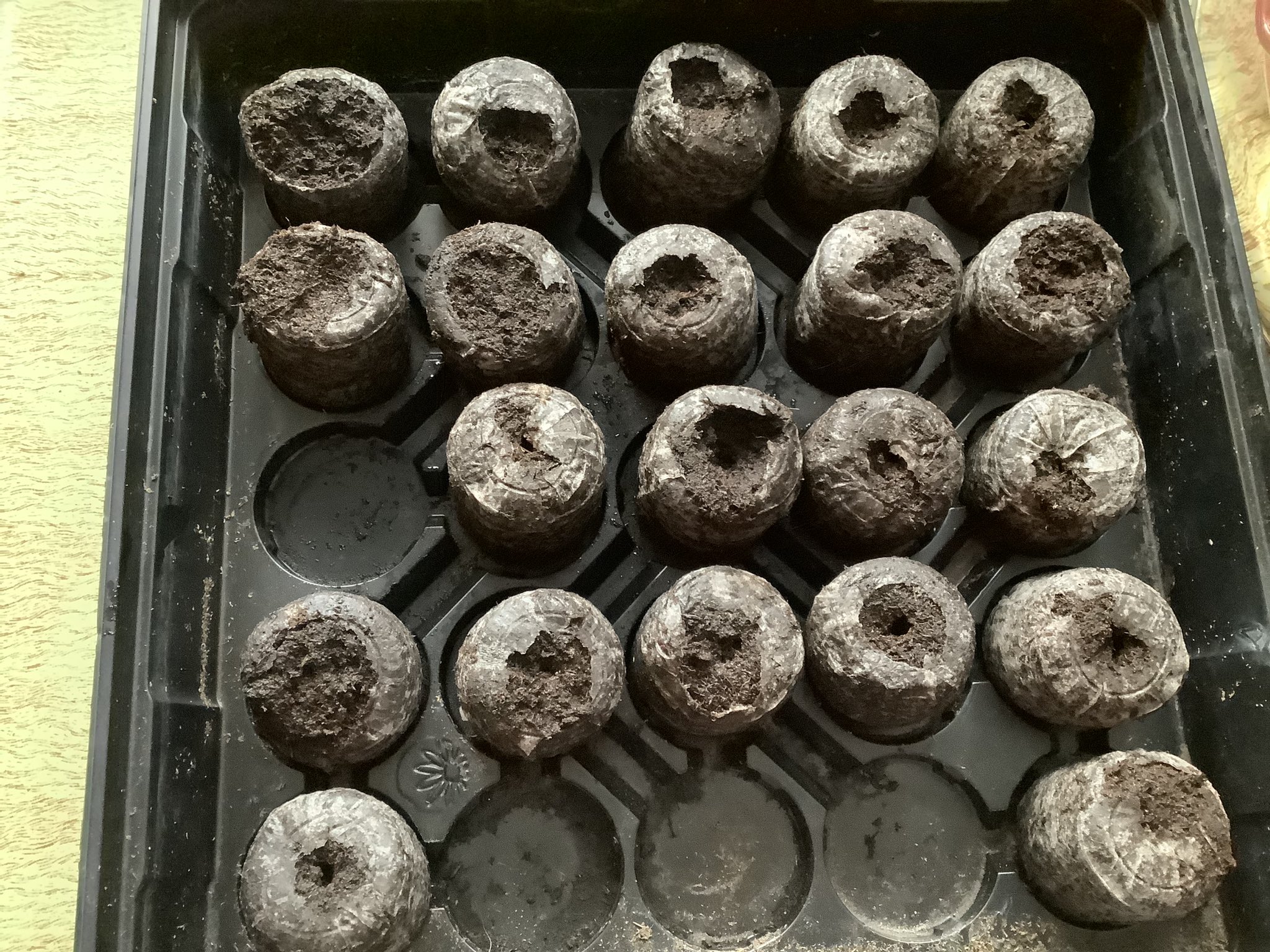
They’re easy to use, mess-free, and great for beginners, but peat-based versions have environmental downsides. Think “tiny, self-contained starter pots that magically grow with water!”
Compressed peat pod varieties expand on contact with water into self-contained mini growing environments supporting seeds through transplant. Just set on moistened tray, sow and enjoy a hassle-free indoor nursery anywhere with clean-up ease.
6. Self-Watering Containers
Inserting a mesh-bottomed saucer supporting a pot suspends it above the water level for humidity and automatically regulated moisture from below as needed. Problem-free watering allows carefree seed starting on the fly for busy schedules.
By keeping these 5 handy Seed Starting Containers in your indoor nursery toolkit, you’ve got everything you need to flexibly cultivate dozens of varieties under any conditions like a seasoned green magician. Stock up and get sowing – your gardening dreams are just steps away!
